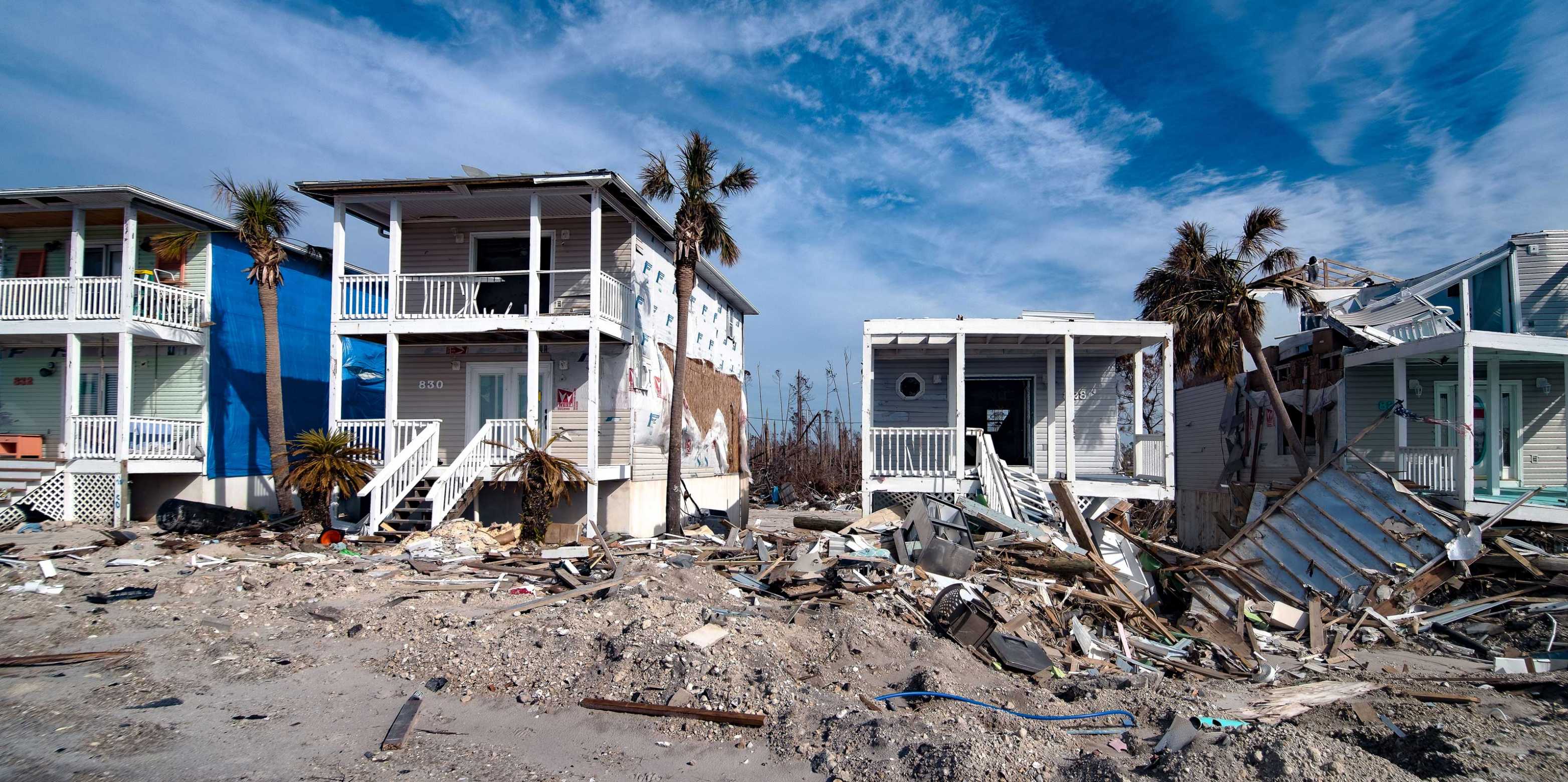The toll of natural hazards on essential services
Severe weather damages property; insurances know this well and risk is often quantified from this angle. But what about less monetary impacts? A study looked at consequences of over 700 tropical cyclones and floods on essential services, such as healthcare, power, and telecommunication in 30 countries - and found that natural hazard risks to society may be vastly underestimated.

Critical infrastructure, such as power lines, roads, and hospitals, provides essential services to society: access to power, mobility, or healthcare. An important feature of critical infrastructure is its interdependency – for example, healthcare and education services rely on power, road, and communication networks. When severe weather damages infrastructure assets, this dependency increases the risk of failure cascades, leading to disruption of essential services and everyday life. A unilateral focus on (insured) direct asset damages and an incomplete understanding of the scale and scope of such failure cascades limits our ability to prepare and adapt. Researchers at ETH Zurich and VU Amsterdam studied this aspect with a systemic risk modelling approach.
Disparities in service accessibility
The researchers found that physical destruction - a common risk indicator - is not a good proxy for service disruptions. In 2 out of 3 tropical cyclone events and in 6 out of 7 flood events, more people lose access to a service than those which are physically affected. While in rich, and densely built-up regions – such as Florida (US) or the UK – often the contrary is true, especially poor and rural regions – such as Madagascar or Mozambique – with few non-redundant roads, power lines or social infrastructure, service disruptions can spread by a factor of ten and more. Looking at it from the reverse end, service disruptions are majorly caused through infrastructure failure cascades, not through structural damage to individual infrastructure assets.
Enhancing climate-resilient infrastructure
Understanding the responses of interdependent infrastructure systems under stress helps to derive adaptation strategies for more climate-resilient services. Considering where people have (no) access to services, and why services are disrupted, by what type of weather event, can help prioritize between better protecting hazard-exposed key infrastructure assets, decentralizing and diversifying supporting infrastructures, or rather including hitherto left-out people into the system.
Mühlhofer E, Bresch DN, Koks EE: Infrastructure failure cascades quintuple risk of storm and flood-induced service disruptions across the globe, One Earth 7 (4) 2024, 714-729. doi: external page 10.1016/j.oneear.2024.03.010
An international consortium of researchers, among them members of ETH Zurich, is conducting further research on systemic perspectives on natural hazards and climate change relating to topics such as the SDGs, governance, and transformational change in a loose collection to be published by the same publishing house.